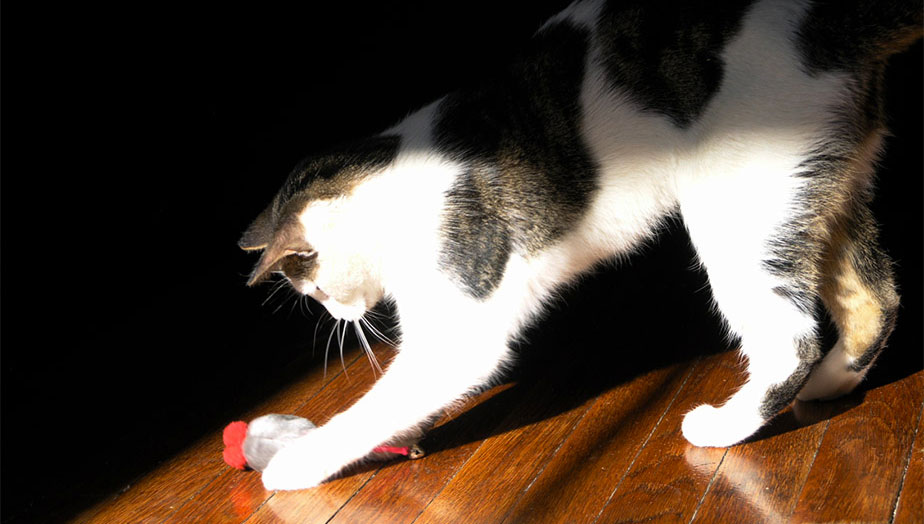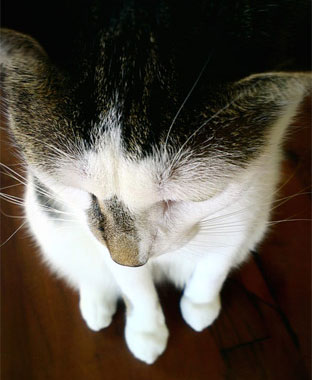Nowadays, pretty much any major movie hitting theaters comes with a novelization. Typically these are shot-for-shot, line-for-line remakes spread over a few hundred pages. They’re probably for those that think the book is always better than the movie, and a nice way to earn a little extra dough from existing properties.
If you’ve seen the movie, The Maltese Falcon by Dashiell Hammett comes across as one of these books. While it preceded the Humphrey Bogart movie by 11 years, if you’ve seen the film you’ve read the book, well, nearly so. This is, by no means, a bad thing. The movie is first-rate, the pinnacle of the film-noir detective story – hard-bitten detective, damsel in distress, mysterious foreigner, and promise of riches bought at the cost of your life – it’s all here. The movie is nearly a complete recreation of Hammett’s book, making it difficult to review the one without touching on the other. So I won’t try.
[quote position=”right”]“Samuel Spade’s jaw was long and bony, his chin a jutting v under the more flexible v of his mouth. His yellow-grey eyes were horizontal. He looked rather pleasantly like a blond satan.”[/quote]
The book itself is very visual. Characters are drawn rather than expressed. Sam Spade, the smooth, calm detective at the center of the novel, is made of evocative Vs, the V of his shoulders and upper body, and particularly his cold, V-shaped smile. Hammett evocatively describes Spade as “rather pleasantly like a blond Satan.” Heck, one of the main villain’s, a rotund man of genial humor is named “Mr. Gutman”.
As you’ve guessed, this is not a subtle book. Actions are clearly defined. If a character’s motives are not, you can be sure, at the least, they’re no good. The story isn’t complex and surprises are few. Emotions are shown rather than felt: a trembling hand, a guttural swear, and, most often, a cold stare.
The book moves swiftly and the mystery easily excites attention. Honestly, if there is one failing of either, it’s that the film is not even more faithful to its source. Sam Spade in the novel is similarly smooth to Bogart’s depiction, but he’s also harsher and almost cruelly detached. The setting of the book is darker, smokier, and more sinister. Everything, and everyone, gets tied up into ominous knots. In Spade’s office, early in the book, “ashes on the desk twitched and crawled in the current.”
A general sense of malevolence permeates the pages. Without spilling the beans, the book sets up Spade’s actions in the end much better. The movie ends with everything neatly tied up, the sharp detective seeing justice is done. The book ends on a darker note. One of the last times we hear of Sam Spade: “His voice was not loud. It was bitter. Sam went out and slammed the door.”

